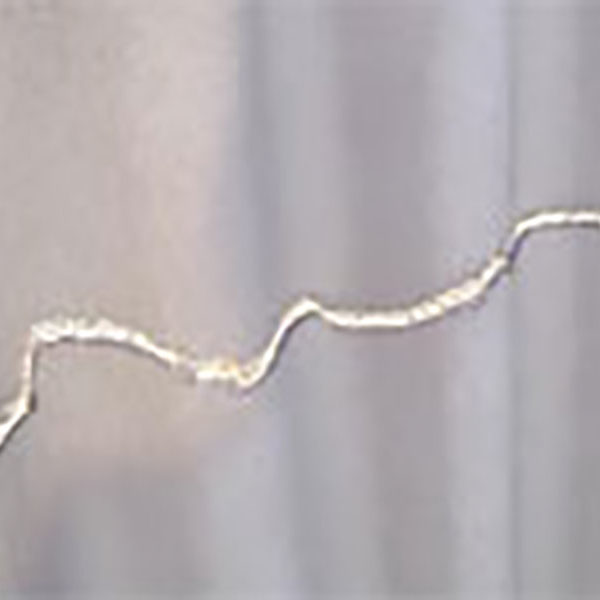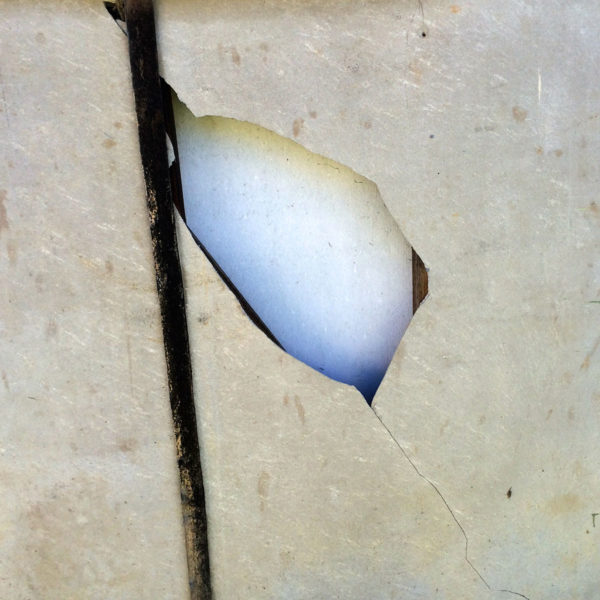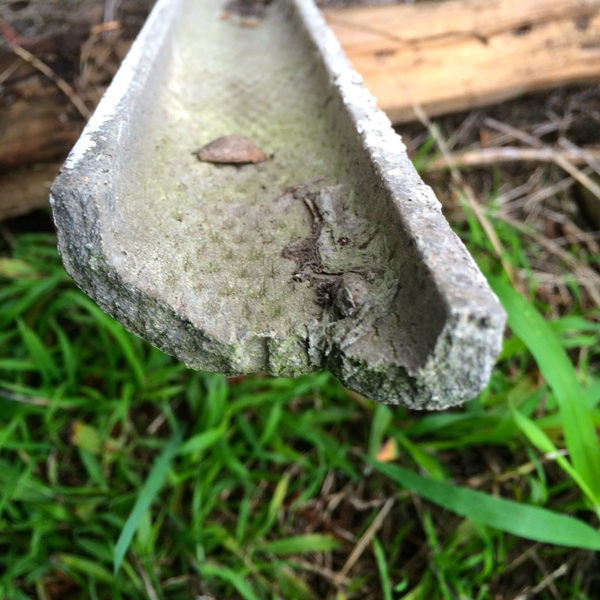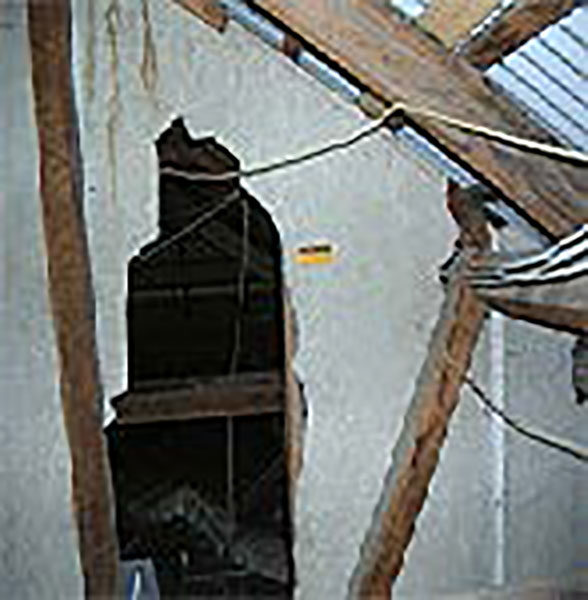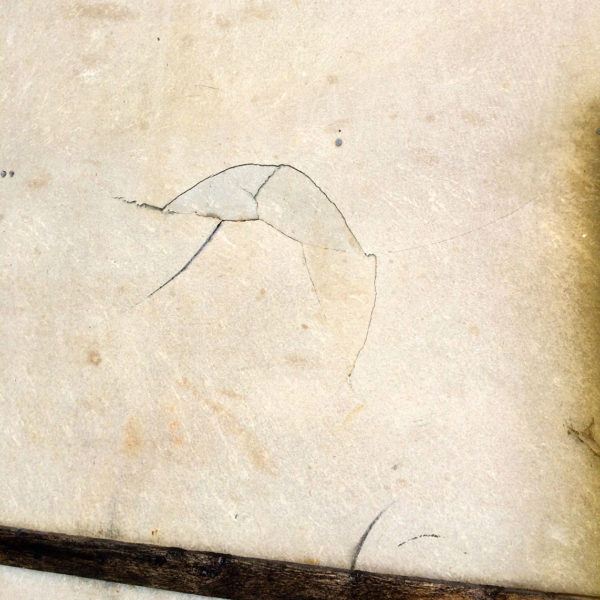READ BEFORE HANDLING ASBESTOS CONTAINING MATERIAL (fibro)
We are not not accredited to provide advice. The information provided is for assistance only – it should not be relied upon to fully negate the dangers, or eliminate the risks associated with handling asbestos containing material in an emergency situation.
It is our firm belief, and recommendation, that anything to do with handling known or potential asbestos containing products is best left to fully trained professionals.
If you live or work in a property built or renovated before 1990, you should have it assessed and tested for asbestos. If it does contain asbestos, it is also recommended you invest in an:
Emergency Asbestos Personal Protection Kit
Items for this kit should be available from any reputable safety equipment outlet, and should consist of asbestos rated disposable:
- P2 facemask
- Full body suit
- Boot covers
- Latex gloves
- Leather gloves – large enough to fit over latex gloves
- Goggles
You should also have on hand:
- Asbestos labelled and rated waste bags
- Plastic spray bottle
- Duct tape x 4 rolls (at least)
- Rolls of heavy-duty builders plastic (approx. 3×20 metres)
- PVC glue or silicon sealant
If you break asbestos containing material (ACM), such as interior or exterior asbestos containing flat sheet, or asbestos containing corrugated roofing, cladding or fence paneling, the most important thing is to stop the spread of asbestos fibres/dust.
You should only handle ACM as a last resort in an emergency situation, to make small amounts of damaged bonded non-friable ACM safe – never handle friable (loose) asbestos under any circumstances!
Prior to commencing you should ensure you are clean-shaven and fit and wear an Emergency Asbestos Personal Protection Kit, as listed above. If the arm and/or leg cuffs of the disposable suit are loose fitting, wrap duct tape around them to form an airtight seal. Note: Keep all items fitted during the collection and bagging activity and decontamination process.
Immediately damp down (not flood) the affected damaged area and broken pieces of ACM with a mist of water using the plastic spray bottle; wipe any dust or visible residue off with damp (not soaking wet) paper towel; place the paper towel in a doubled heavy-duty garbage bag; tie each bag closed using duct tape, then seal the lot together; double wrap any broken pieces of ACM in heavy plastic sheeting, completely sealing with duct tape.
Seal any exposed damaged edges of the ACM with paint, PVC glue or silicon type sealant – this will ensure the asbestos fibres will not leach out of the ACM.
Damp yourself down with a mist of water, then carefully remove your Emergency Asbestos Personal Protection Kit, leaving the latex gloves, then the facemask to last, placing all used articles in the asbestos rated waste bag(s), or if unavailable, doubled up heavy-duty garbage bags, tie each bag closed using duct tape, then seal the lot together.
Clearly label all sealed bags and parcels as containing asbestos for disposal at your nearest authorised asbestos disposal facility by a licenced asbestos removalist.
Do not put in your bin – Do not transport asbestos containing material unless you are trained, insured and licenced to do so!
Never use a household vacuum cleaner or power tools to clean up debris from ACMs – only asbestos approved HEPA vacuum cleaners should be used.



